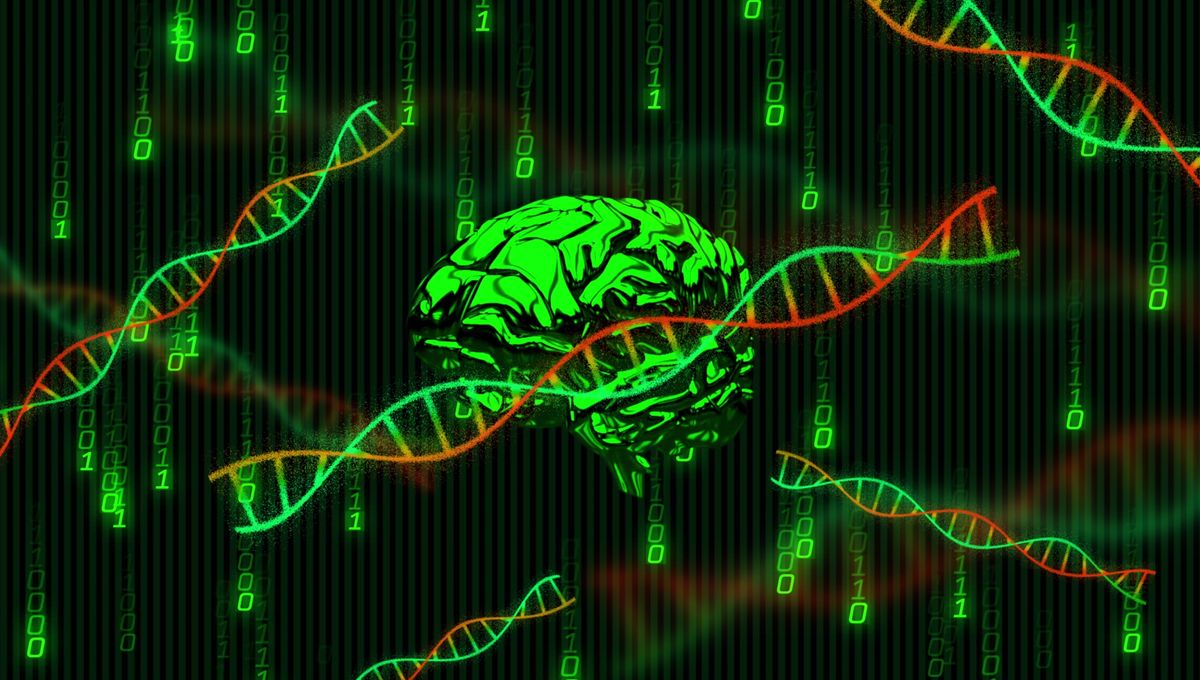
In a world first, scientists have grown 3D brain organoids using cells from more than one person. Called “Chimeroids”, the intricate systems contain cells from up to five people; but future versions could push this into the hundreds, allowing scientists to create models that capture the wealth of human genetic diversity.
Organoids, often referred to as mini versions of an organ, are cell clusters created to mimic a 3D organ as closely as possible. Brain organoids have previously been grown from human stem cells and, in a recent advance, from fetal brain tissue. In the past, 2D “cell villages” have been cultured using cells from 44 different human donors. But translating these chimeric cell clusters into a 3D organoid has proven a challenge – until now.
The reason organoids are so useful for research is that they mimic all the complex conditions inside a living organ in a way that simply can’t be achieved by looking at a flat sheet of cells grown in a dish. There’s even been a suggestion that they could be used to replace animal testing for vaccine research.
This becomes even more clear when we’re talking about the brain. As Aparna Bhaduri explains in a News and Views piece to accompany the new study, the human cortex – the outermost layer of brain tissue – is very different from that of animals, so even our best model species can’t really help us understand its nuances.
A Chimeroid, created using donor cells from multiple people, not only brings all the benefits of an organoid, but captures more of the diversity that exists within the human species. In the case of the brain Chimeroids, the authors suggest that an important use could be in researching how different people react to a particular drug.
“This is a really good advance,” Robert Vries, who was not involved in the work, commented to Nature News. Vries heads up HUB Organoids, a Utrecht-based company that performs organoid research.
The team behind the new study had to take a novel approach to culturing the organoids. Adding lots of different donor stem cells together at the same time, as was done for the 2D cell villages, doesn’t work here – you end up with one cell line overpowering the rest. Instead, they learned that the key was to create separate organoids from each stem cell line first, then at a certain growth stage break them up and recombine them into a Chimeroid.
After around 3 months of growth, the Chimeroids had reached a size of around 3-5 millimeters (0.1 to 0.2 inches) and contained the same cell types that would be present in a developing fetal brain.
To explore their idea about testing drugs on the Chimeroids, the team used ethanol and valproic acid, both of which can negatively impact brain development. Ethanol was selected to model fetal alcohol syndrome, which presents very differently in different children. Valproic acid is a medicine used to treat epilepsy and bipolar disorder, but it is not recommended for use in pregnancy due to its effects on the developing brain.
When the Chimeroids were exposed to these two drugs, the researchers found that cells from different donors responded in different ways. Further work is now needed to ensure that these differential effects are down to the diverse genetic makeup of the cells, but some other scientists have already started their own experiments using these methods.
“It’s a really powerful technology, and a powerful approach,” biologist Tomasz Nowakowski, who was not on the study team but is now testing out their methods, commented to Nature News. “It’s a technical tour de force.”
Meanwhile, senior author Paola Arlotta from Harvard University explained what the next steps could be: “What if one day we could use Chimeroids as avatars to predict individual responses to new therapeutics before testing these in a trial? I like to imagine that future.”
The study is published in Nature.
Source Link: First Ever “Mini-Brains” With Cells From 5 People Show How Drugs Affect Us Differently